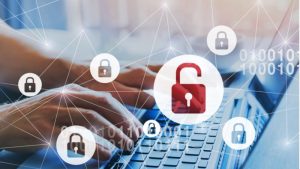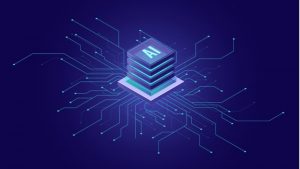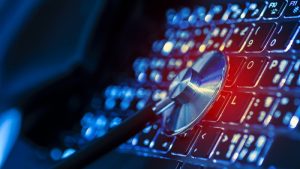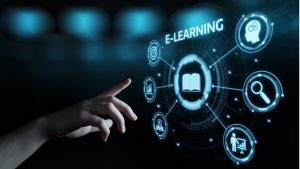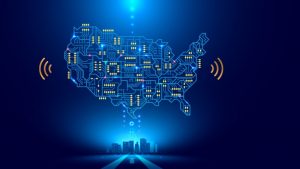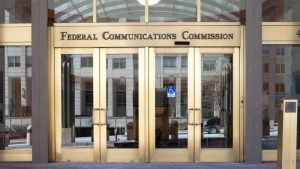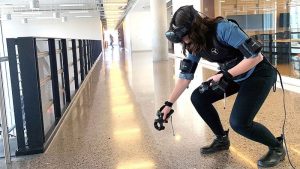Although cybersecurity continues to be the top priority for K-12 IT leaders, they underestimate the risks to their systems, according to a new survey by the Consortium for School Networking (CoSN).
To keep its roads clear, Florida is turning to technology. The state has contracted with Iteris, a smart mobility infrastructure management provider, to launch a $5 million multi-year initiative intended to improve traffic flow and safety, while also reducing carbon emissions.
The Maricopa County Community College District (MCCCD) and Intel Corporation have announced the opening of a new AI incubator lab at the Chandler-Gilbert Community College (CGCC) campus.
The National Academy of Public Administration (NAPA) issued a new report this week that breaks down four problem areas in intergovernmental responses and consequences to the COVID-19 pandemic, and makes recommendations for better disease-related data sharing mechanisms between states and the Centers for Disease Control and Prevention (CDC).
As the COVID-19 pandemic stretches on, the 2022 Online Education Trends Report found that more higher education institutions say they will continue to offer both remote and online courses in the future, while a majority of remote learner respondents said they are more likely to enroll in online or remote courses even after their campuses return to normal operations.
Code for America received two separate investments, totaling $100 million over seven years, to set up its Safety Net Innovation Lab and work with state and local government agencies to modernize their social safety net administration services to make access to government services more equitable, the nonprofit announced April 12.
Teachers from the Berkeley County School District in South Carolina are working to help their students’ parents learn English.
The Federal Communications Commission (FCC) is teaming up with state governments to investigate robocall scammers targeting consumers and businesses around the country.
Arizona State University (ASU) is turning to augmented reality (AR) and virtual reality (VR) technologies to teach the next generation of construction industry professionals.
Cass County, Neb., public schools will soon have instantaneous access to local law enforcement. The public school district is adopting a new software tool that enables faculty, staff, and administrators to communicate directly with the Cass County Sheriff’s Office and the local Police Department in the event of an emergency or security breach.
Archives
- December 2024 (1)
- November 2024 (1)
- October 2024 (1)
- September 2024 (1)
- August 2024 (1)
- July 2024 (1)
- June 2024 (1)
- May 2024 (1)
- April 2024 (1)
- March 2024 (1)
- February 2024 (1)
- January 2024 (1)
- December 2023 (1)
- November 2023 (1)
- October 2023 (1)
- September 2023 (1)
- August 2023 (1)
- July 2023 (1)
- June 2023 (1)
- May 2023 (1)
- April 2023 (1)
- March 2023 (1)
- February 2023 (1)
- January 2023 (1)
- December 2021 (1)
- October 2021 (1)
- June 2021 (1)
- May 2021 (2)
- April 2021 (2)
- March 2021 (4)
- February 2021 (1)
- February 2020 (1)
- October 2019 (2)
- September 2019 (3)
- August 2019 (1)
- July 2019 (2)
- December 2018 (1)
- February 2018 (1)
- September 2017 (3)
- November 2016 (2)
- October 2016 (3)
- September 2016 (1)
- April 2016 (1)
